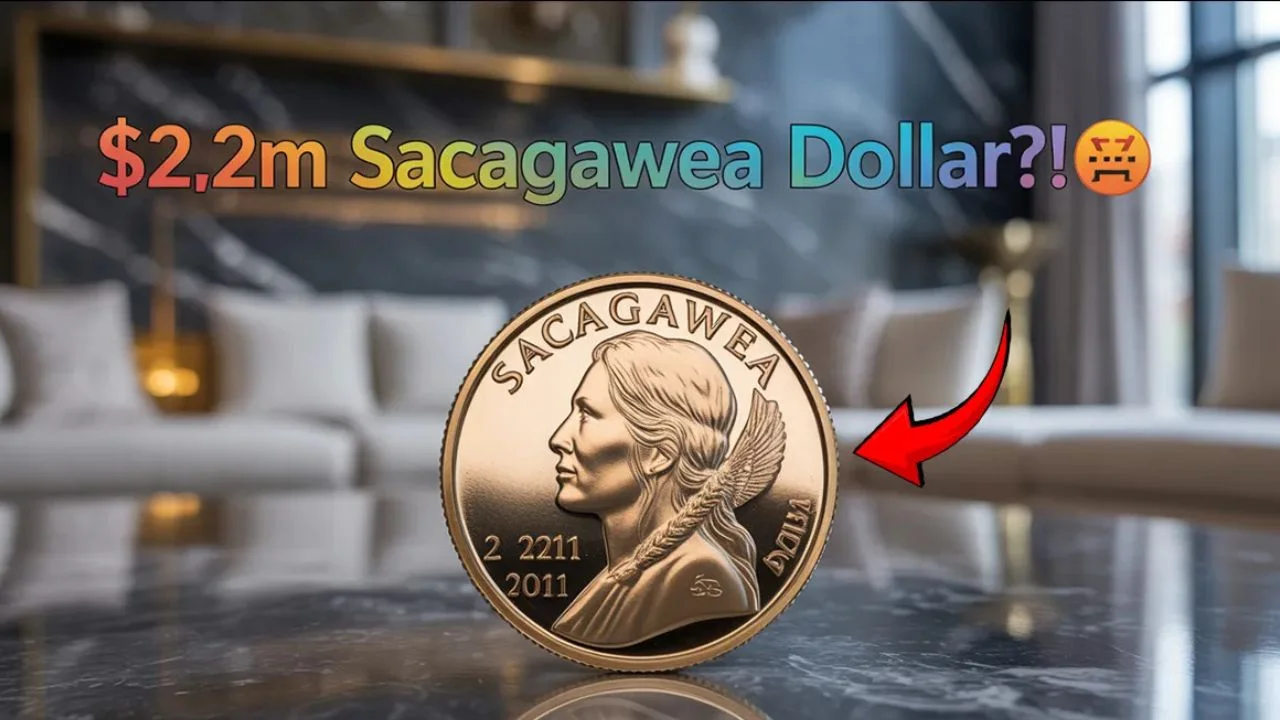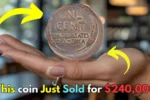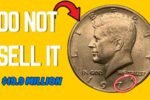2011 Sacagawea Dollar: In the world of coin collecting, rare pieces often sell for amazing prices, and recently one coin shocked everyone in an auction. The 2011 Sacagawea Dollar, which usually has a standard design, was found with a unique minting mistake known as a reverse rotation error. Because of this error, the coin became extremely valuable, selling for an incredible $2.2 million at auction. This surprising event not only grabbed the attention of coin experts but also sparked curiosity among everyday people who wanted to know why this dollar coin was so special.
The Story of the Sacagawea Dollar
The Sacagawea Dollar was first released in 2000 by the United States Mint. It was made to honor Sacagawea, the Shoshone woman who helped Lewis and Clark on their famous expedition. The front side of the coin shows a portrait of Sacagawea carrying her infant son, while the back side changes designs each year to highlight Native American history and culture. The coin itself has always been more popular with collectors than with people using it in daily shopping, but it became an important part of U.S. coin history.
What is a Reverse Rotation Error?
To understand why the 2011 Sacagawea Dollar is so valuable, it is important to know what a reverse rotation error means. Normally, when you flip a coin from front to back, the designs should be in the correct upright position. But in the case of this rare coin, the back design is rotated incorrectly. This mistake happened during the minting process, and very few coins with this type of error ever leave the mint. The rarity of such an error makes it highly desirable to collectors who are always searching for one-of-a-kind pieces.
Why This Coin Shocked the Collecting World
Collectors were amazed when the 2011 Sacagawea Dollar with the reverse rotation error appeared at auction. While error coins usually bring in higher values, this particular piece went far beyond expectations. Selling for $2.2 million, it broke records and proved how much collectors are willing to pay for coins that stand out from the rest. The shocking price also showed the growing interest in modern coins, as many people assume only older coins can reach such high values.
Details of the Record-Breaking Auction
During the auction, there was heavy competition between several bidders. The excitement grew as the price kept climbing, surprising even the auctioneers. Finally, when the hammer dropped, the coin was sold for $2.2 million, making it one of the most expensive modern U.S. coins ever sold. This sale instantly gave the 2011 Sacagawea Dollar a legendary status in the collecting world.
Comparison With Other Rare U.S. Coins
This rare Sacagawea Dollar now joins the list of coins that have sold for millions. While coins like the 1933 Double Eagle and the 1794 Flowing Hair Silver Dollar are well-known for their multi-million-dollar sales, it is unusual for a modern coin to reach the same level. This comparison makes the 2011 Sacagawea Dollar even more remarkable because it shows that collectors value not just age but also uniqueness and rarity.
Table: Examples of Rare U.S. Coins and Their Auction Prices
| Coin Name | Year | Auction Price | Special Feature |
|---|---|---|---|
| 1933 Double Eagle | 1933 | $18.9 Million | Rare gold coin, few survivors |
| 1794 Flowing Hair Silver Dollar | 1794 | $10 Million | First silver dollar ever minted |
| 1913 Liberty Head Nickel | 1913 | $4.5 Million | Only five coins exist |
| 2011 Sacagawea Dollar Error | 2011 | $2.2 Million | Reverse rotation minting mistake |
The Growing Popularity of Error Coins
The record-breaking sale of this Sacagawea Dollar also highlights the growing interest in error coins. More collectors are now turning their attention to unusual minting mistakes. These coins are considered rare because they are not supposed to exist in circulation, yet a few escape into the public. Such pieces remind collectors that even modern coins can hold surprises.
Lessons for Collectors and Coin Enthusiasts
This story teaches coin collectors and even everyday people to pay close attention to the coins in their possession. While most coins may only be worth their face value, a few rare ones can turn out to be treasures. Carefully examining coins for unique errors or unusual designs can sometimes lead to life-changing discoveries.
Conclusion
The sale of the 2011 Sacagawea Dollar with a reverse rotation error for $2.2 million proves that modern coins can be just as valuable as historic ones when they carry a unique feature. It stands as a reminder that small mistakes in minting can create huge excitement in the collecting world. For now, this coin will remain a shining example of how rarity and error can turn an ordinary-looking coin into a record-breaking masterpiece.
FAQs
What makes the 2011 Sacagawea Dollar so valuable?
It has a rare reverse rotation minting error, making it unique and highly desirable to collectors.
How much did it sell for at auction?
The coin sold for $2.2 million, shocking collectors and bidders.
Are all Sacagawea Dollars valuable?
No, most Sacagawea Dollars are worth only face value unless they have a rare error or special condition.
Can modern coins really be worth millions?
Yes, as this example shows, even modern coins can sell for millions if they are rare or contain unique minting errors.




